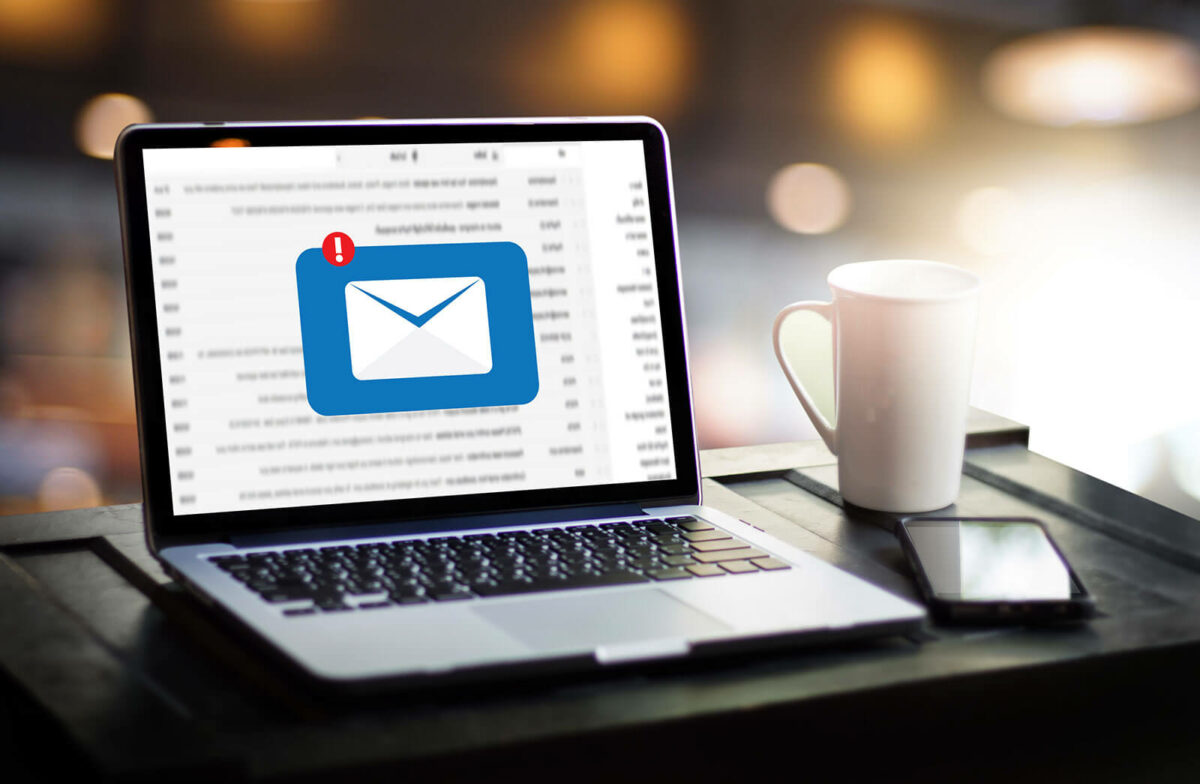
7 Bad Email Habits That Put Your Business at Risk
Email is one of the most powerful business tools, but it’s also one of the most common sources of security breaches, miscommunication, and productivity loss. From overlooked messages to accidental data leaks, bad email habits can quietly undermine your team’s efficiency and leave your organization exposed to cyber threats.
Here’s what to watch for — and how to fix it.
1. Disorganized, Overflowing Inboxes
A cluttered inbox can be overwhelming, and when important messages get buried, productivity takes a hit. Employees may miss deadlines, overlook tasks, or respond too late — all because they can’t find what they need quickly.
The fix: Treat your inbox like a workspace, not a junk drawer. Use folders and filters, delete what you don’t need, and archive old emails regularly. Consider setting aside a few minutes daily to clean up and organize.
2. Clicking Without Thinking
Phishing attacks are often disguised as legitimate messages — invoices, password resets, or internal communications. One click on a malicious link can lead to stolen data, ransomware infections, or compromised accounts.
The fix: Always hover over links before clicking to preview the URL. Be wary of urgent messages, requests for sensitive information, or emails with unexpected attachments. If something feels off, verify the sender through another communication method.
3. Relying on Email for Everything
Email isn’t always the right communication tool — yet many people default to it for tasks better suited for other platforms. Long threads, real-time decisions, or shared file editing can quickly become chaotic when handled via email.
The fix: Consider when it makes more sense to switch to a chat platform, project management tool, or file-sharing system. Clear, intentional communication improves collaboration and avoids confusion.
4. Ignoring Spam Filters and Reporting
Too many employees ignore suspicious messages instead of reporting them, or worse, interact with them. Over time, this weakens an organization’s ability to prevent future attacks.
The fix: Encourage everyone to report phishing attempts and other suspicious emails. IT teams can then act and adjust filters to reduce future threats. Regular reviews of spam filtering settings are also essential to catch evolving tactics.
5. Overusing “Reply All”
It might seem harmless, but replying to everyone on an email chain when it’s not necessary can lead to inbox overload, missed action items, or the accidental sharing of sensitive information.
The fix: Use “Reply All” only when your message is relevant to every recipient. Before hitting send, double-check who’s included in the conversation and whether your response is needed.
6. Weak or Reused Passwords
Are you still using your birthday or “password123”? Weak passwords are a major reason email accounts get hacked. Reusing passwords across multiple accounts increases the damage a single breach can cause.
The fix: Use long, unique passwords for each account and update them regularly. Consider using a password manager to keep track. Wherever possible, enable multi-factor authentication (MFA) to add an extra layer of protection.
7. No Email Backup or Retention Plan
Email is a repository for critical business information, contracts, decisions, and documentation. However, many businesses don’t have a plan for backing up or recovering email data in the event of an outage or security incident.
The fix: Establish policies around email retention and backups. Ensure your organization can quickly recover email data if needed, whether due to accidental deletion, hardware failure, or cyberattack.
Better Email Habits Start with Awareness
Bad email habits might seem minor, but they can lead to costly downtime, reputational damage, and even compliance violations. With the right support and tools in place, your organization can turn email from a risk into a reliable, efficient asset.
At Yeo & Yeo Technology, we help organizations modernize their email systems, improve security awareness, and integrate productivity tools that reduce risk and boost performance. Whether you’re looking to train your team, tighten your security, or upgrade your systems, we’re ready to help.